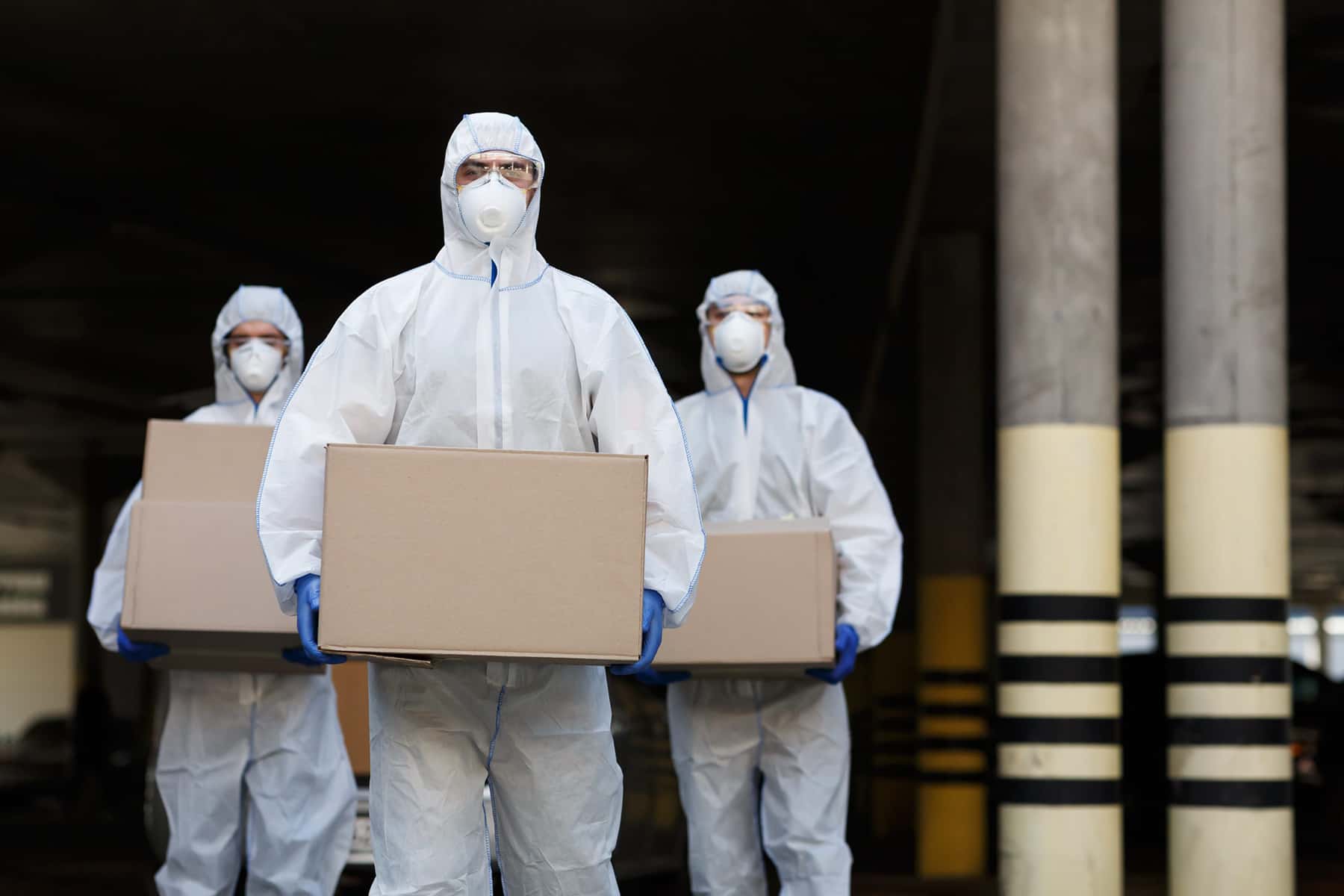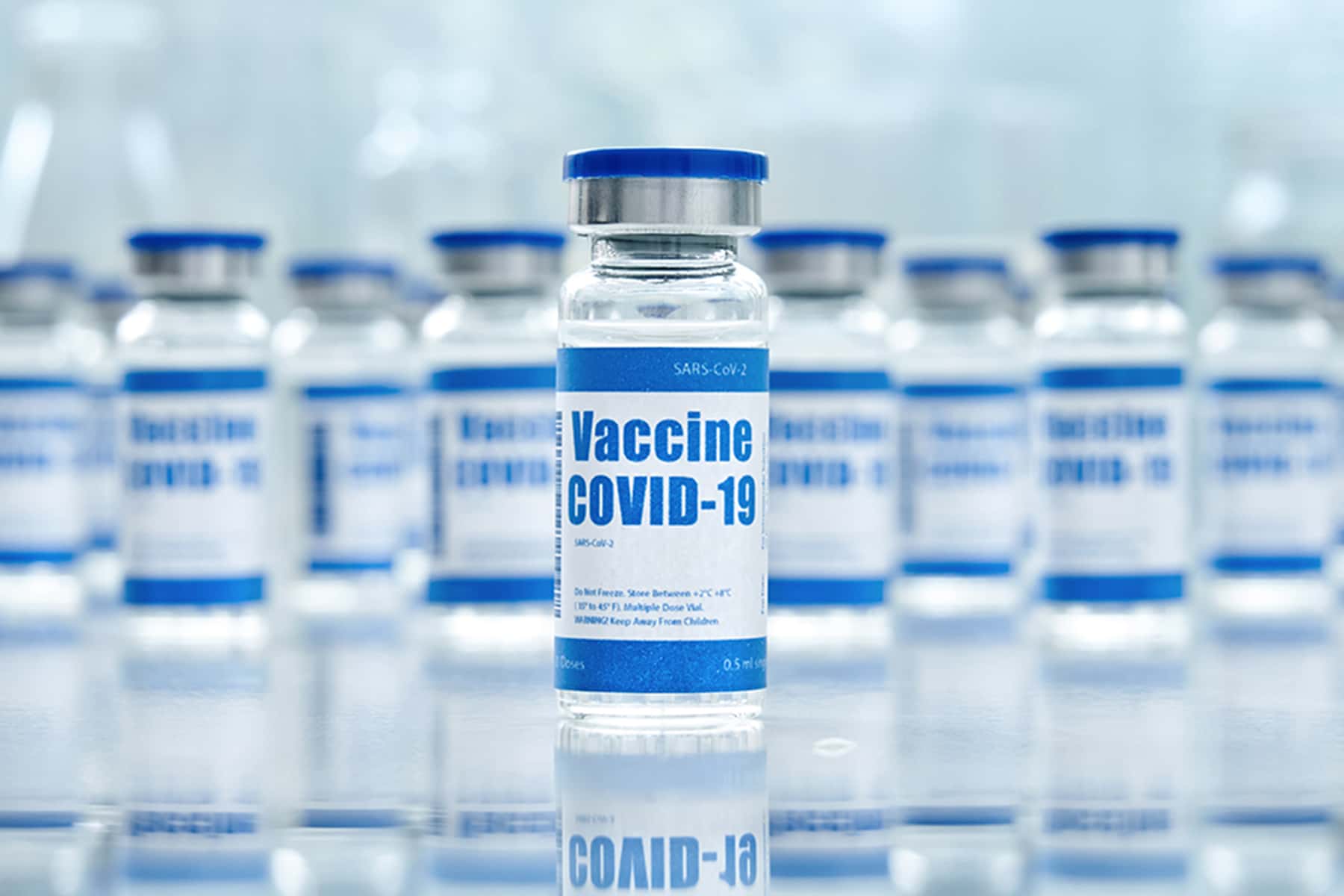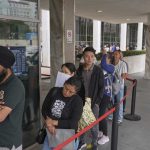
“The definition of insanity is doing the same thing over and over again and expecting a different result.” – A quote improperly attributed to Albert Einstein
Back in the early days of the COVID-19 pandemic it was clear that a lack of coordination between the federal, state and local governments led to not just delays, but major confusion. Well guess what? Here we are again.
Despite the promise that 20 million Americans would be inoculated with the first dose of vaccine from either Pfizer or Moderna by year end, the Centers for Disease Control and Prevention (CDC) reported that less than 3 million were inoculated by December 31. They reported that some 12.4 million doses had been distributed even though several media reports said the number was 14 million doses. That means that less than one fourth of the doses that had been distributed had been given to Americans by the end of 2020.
For those who think this will be fixed soon, don’t hold your breathe. Many states have reported for months that they don’t have the funding needed to administer the number of doses needed to protect the public properly.
Once the two vaccines were approved finger pointing began immediately, as then President-Elect Biden blamed the Trump administration while President Trump blamed governors, saying that it was “up to the States to distribute the vaccines once brought to the designated areas by the Federal Government.”
Predictions and promises about the vaccines have shifted over time. Moncef Slaoui, Operation Warp Speed’s scientific adviser, said in late December, “We agree that number is lower than what we hoped for.”
By contrast, President Trump said on July 18, “We expect to have 100 million doses of vaccine available before the end of the year and maybe much sooner than that.” Slaoui echoed the president’s remarks at the time by saying, “And this data made me feel even more confident that we will be able to deliver a few hundred million doses of vaccine by the end of 2020.”
On October 26, the President said, “We will deliver 100 million doses of a safe vaccine before the end of the year, and maybe quite a bit sooner than that.” By early November Slaoui was forced to significantly scale back the expectations by saying, “We plan to have enough vaccine doses available for use in the U.S. population to immunize about 20 million individuals in the month of December and another 25 to 30 million per month on an ongoing basis from there on.”
We are nowhere near getting the vaccines distributed in a timely manner. Unlike some other nations, we have one plan at the national level and numerous other plans at the state and local level. The CDC guidance for delivering the vaccine on December 1 “recommended that health care personnel and long-term care facility residents be offered COVID-19 vaccination first.” Meanwhile, the Advisory Committee on Immunization Practices (ACIP) recommended that “In Phase 1b, COVID-19 vaccine should be offered to people aged 75 years and older and non–health care frontline essential workers, and in Phase 1c, to people aged 65–74 years, people aged 16–64 years with high-risk medical conditions, and essential workers not included in Phase 1b.” Several states have gone down a different path than what was recommended. Even with the new administration in place, there is still a scattershot plan in place for vaccine distribution.
The issue with this is that the directives from the CDC and ACIP were only recommendations and states and local distributors were allowed to make their own rules when it comes to distribution priorities. This means that depending on where you live in the country will in many ways determine when you will be prioritized to receive a shot. With fifty different states, and over 3,000 county or county equivalents, the roll out will continue to be an absolute mess for the foreseeable future.
Keeping track of who receives tests has been shown to be problematic so far as well. Making matters worse is that the Pfizer vaccine recommends you get a second dosage three weeks later, the Moderna vaccine recommends a second dosage four weeks after the first one and now the CDC recently changed its guidance on vaccine scheduling.
“The second dose should be administered as close to the recommended interval as possible. However, if it is not feasible to adhere to the recommended interval, the second dose of Pfizer-BioNTech and Moderna COVID-19 vaccines may be scheduled for administration up to 6 weeks (42 days) after the first dose.”
If this is not confusing enough the CDC also said this:
“…every effort should be made to determine which vaccine product was received as the first dose, in order to ensure completion of the vaccine series with the same product. In exceptional situations in which the first-dose vaccine product cannot be determined or is no longer available, any available mRNA COVID-19 vaccine may be administered at a minimum interval of 28 days between doses to complete the mRNA COVID-19 vaccination series.”
How is there any scientific evidence to support this decision? Switching vaccines between doses? Does this in any way help assuage the doubts many have about getting vaccinated? There are already mitigating circumstances with many people, including some health care workers who flat out refuse to get the shots and some communities having a long-term distrust of the medical establishment. C.D.C. spokeswoman, Kristen Nordlund`, said the new guidance’s “intention is not to suggest people do anything different, but provide clinicians with flexibility for exceptional circumstances.”
I don’t know that we will ever have clearly understood guidance because trying to inoculate a nation of 330 million people is beyond Herculean in difficulty. The Biden administration has promised to send additional funds to help states get more assistance in speeding up the process, but the delays passing the second stimulus package made that even more difficult. The delay slowed down several state efforts to roll out vaccine distribution plans. President Biden has said he wants to have 100 million people administered both doses of the vaccine within his first 100 days in office.
How is this possible? The Washington Post recently reported, “But federal health officials and corporate executives agree that it will be impossible to increase the immediate supply of vaccines before April because of lack of manufacturing capacity.” I believe this may set him up for failure, but I hope I’m wrong.
Why he and Trump love this 100 million number so much is a mystery to me. Stop attaching a specific number to expectations because continuing to miss those milestones only leads to more people not having faith in what you are doing. It’s great to have goals but you are putting unrealistic goals in place when you don’t need to. Just do everything you can to ramp up the process by giving the manufacturers and states as much help as you can. Personally, I’ve always disliked this 100 days in office milestone as if it is some magical number. Just get the work done and stop patting yourself on the back about I accomplished whatever in 100 days. That is a tradition that needs to go away. I understand the need to build trust early on in your presidency, but ultimately you will not be judged by 100 days. You were elected to serve 4 years.
Despite the nation now administering just over 1 million doses per day, that is still far too few doses per day to get all of the people who want shots vaccinated in a timely manner. Most states are still only capable of administering about one half of the doses shipped to them. On the other hand, some states are still complaining that they are not getting enough doses to keep up with the demand.
Making matters worse, the C.D.C. has warned that one of the new variants, the so-called UK variant officially called B.1.1.7, is thought to be about 50 percent more contagious than the other strains. Some public health experts fear it might become the dominant source of infection in the United States by March. No one knows whether this will come to fruition. More troubling is the South African strain, known as 501Y.V2, which Dr. Anthony Fauci, the director of the National Institute of Allergy and Infectious Diseases, warned might be somewhat vaccine resistant, could become prevalent in the United States.
“We’re following very carefully the one in South Africa, which is a little bit more concerning.”
Biden’s plan has asked Congress for $20 billion to expand vaccination centers to include sports stadiums, more pharmacies, more doctors’ offices and create mobile clinics, particularly for use in rural communities which lack clinics or hospitals. He has proposed hiring 100,000 health care workers to help administer the vaccine. Biden also asked Congress to use federal disaster relief funds to offer reimbursement to states and local governments to cover vaccination costs.
Another bug in the process was the Trump administration deceiving the public by claiming they had set aside millions of doses for second dosages even though it was not true.
West Virginia has been using its’ National Guard to distribute the vaccine. Clay Marsh, coordinator of West Virginia’s coronavirus task force, said they are treating distribution “like a military operation.” Montana on the other hand said in late December their National Guard was “on standby” according to Matthew T. Quinn, the state Guard’s adjutant general. In Tennessee, a report in late December by state emergency managers warned of looming shortages of dry ice needed to prevent vaccine from spoiling according to the Washington Post.
Here in Grafton, Advocate Aurora Health pharmacist Steven Brandenburg intentionally left nearly sixty vials of the Moderna vaccine out of a refrigerator on December 24 and 25 because he believed it would “mutate DNA.” He was fired and is facing two felony counts. As a result, over 500 doses had to be thrown out. Advocate Aurora Healthcare released a statement saying “We are more than disappointed that this individual’s actions will result in a delay of more than 500 people receiving their vaccine. This was a violation of our core values, and the individual is no longer employed by us.” Workers used the vials to inoculate 57 individuals before the other doses were discarded. The discarded doses were worth $8,000 – $11,000.
As of January 21, the Wisconsin Department of Health Services reported that 779,800 doses had been allocated, 473,300 had been ordered and 310,256 had been administered in the state. Those receiving doses so far represent 6 percent of females in the state and 2.5 percent of males.
As other vaccines like the one from Oxford/AstraZeneca and Johnson & Johnson are given authorization in the U.S., the situation will become even more complicated. The Oxford/AstraZeneca vaccine has been controversial because during their trials, they mistakenly gave half doses as a first shot to some before realizing their error. Ironically, the half doses followed by a second full dose appeared to be significantly more effective than two full doses. No one knows for sure how their vaccine which was recently approved in the United Kingdom will work.
The Oxford/AstraZeneca vaccine is significantly cheaper than the Pfizer and Moderna vaccines and does not require the very stringent super cold storage of either of those vaccines. The Johnson & Johnson vaccine is still in human trials and may be ready for approval by early 2021 according to the company. The big difference with their vaccine is that it only requires one shot, not the two each of the other vaccines requires. I can imagine people will prefer one dose vaccines but we don’t really get to choose which one we get at this point and that might never be the case for most.
“Johnson & Johnson is right around the corner … right around the corner means that they’re probably a couple of weeks away from getting the data looked at, to have the FDA evaluate whether or not we’re in a situation where we could move ahead and start thinking about getting it out into the public” according to Dr. Fauci, on January 21.
As we move into the new year, confusion still remains the order of the day for vaccine distribution much as it did when it came to testing early on. We should not expect things to be significantly better, even with Biden in charge. The issue is the inability to get the shots in people’s arms efficiently and effectively. Having such haphazard roll outs means it will be difficult to overcome the challenge of inoculating the entire nation.
Eventually it will get better, but in the meantime 4,085 Americans were killed by the virus on January 7, the first time deaths exceeded 4,000 in a single day. Over 2,200 Americans per day died over the last week of the year and over 73,000 Americans died in December of COVID according to the COVID Tracking Project. By January 22, 414,107 Americans had died of COVID. Over 116,000 COVID patients were in hospitals across the country, on that date, down from a record 132,000 on January 7. That is positive news and cases have dropped in recent weeks as well.
Public health officials had warned us that the colder months would bring a worse outbreak than what we saw in the spring and summer. California leads the way with a surge of cases much larger than in the spring, a nearly statewide lockdown and overwhelmed hospitals but there seems to be signs that it is improving lately. A new outbreak was overtaking Southern states as the new year began.
The new, more transmissible mutated variant first seen in the UK in September has now been discovered in over twenty states. It is pretty clear it’s been in the U.S. for months, but because we do significantly less genomic surveillance of the virus than in the UK we really don’t know how widespread it is here. The new variant also has impacted a larger percentage of people under the age of twenty than previous versions of the virus according to a study conducted by a collaborative team from Imperial College London, University of Edinburgh, Public Health England (PHE), the Wellcome Sanger Institute, the University of Birmingham and the COVID-19 Genomics UK (COG-UK) Consortium+.
Only time will tell how effective the vaccines will be in slowing down the spread of the virus, but if we learned anything in 2020, it is clear that the predictions of the experts when it came to the virus were really good but the promises about testing and vaccine distributions by politicians were not even close. The real world presents challenges that can’t necessarily be predicted well.















